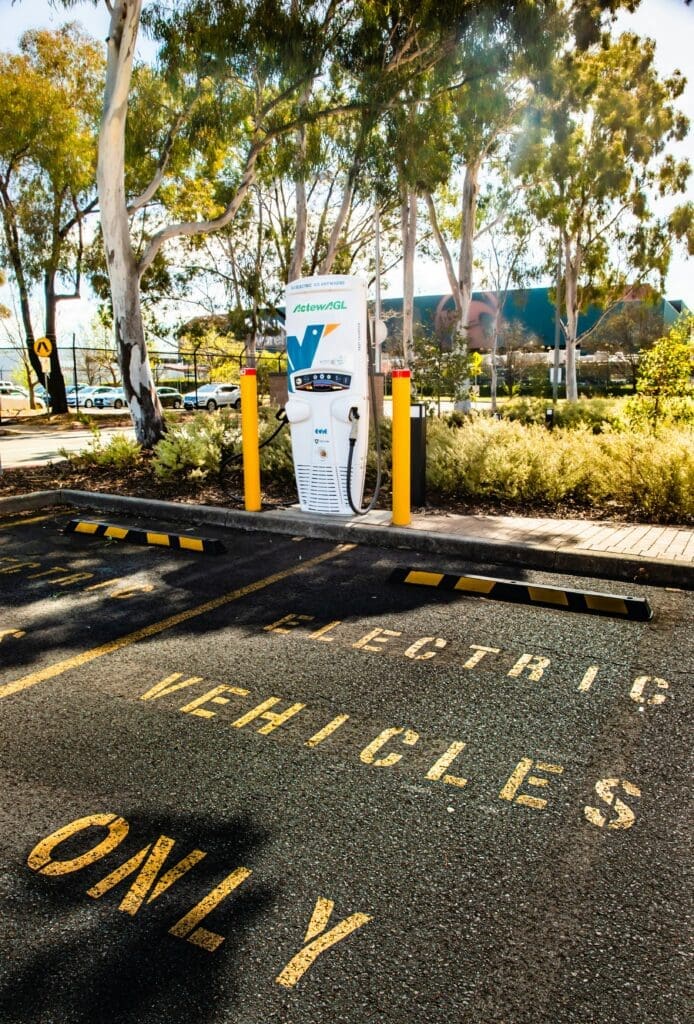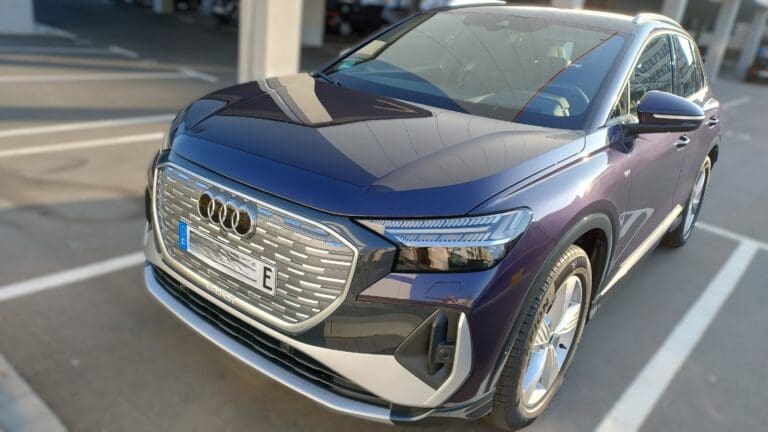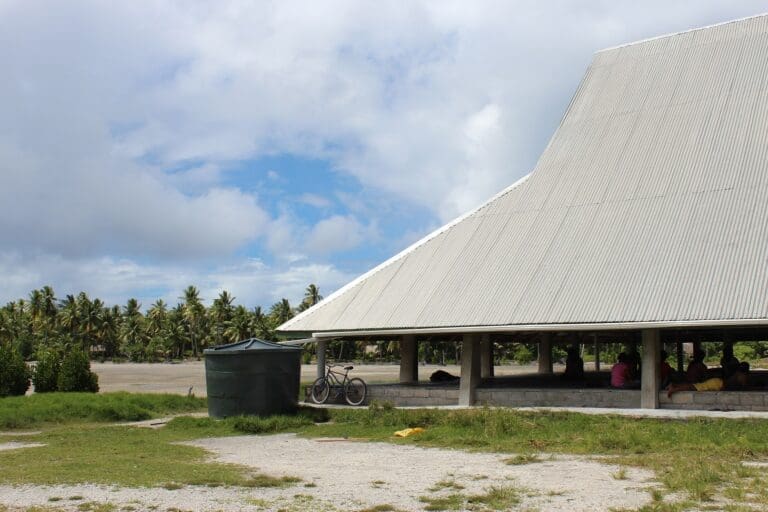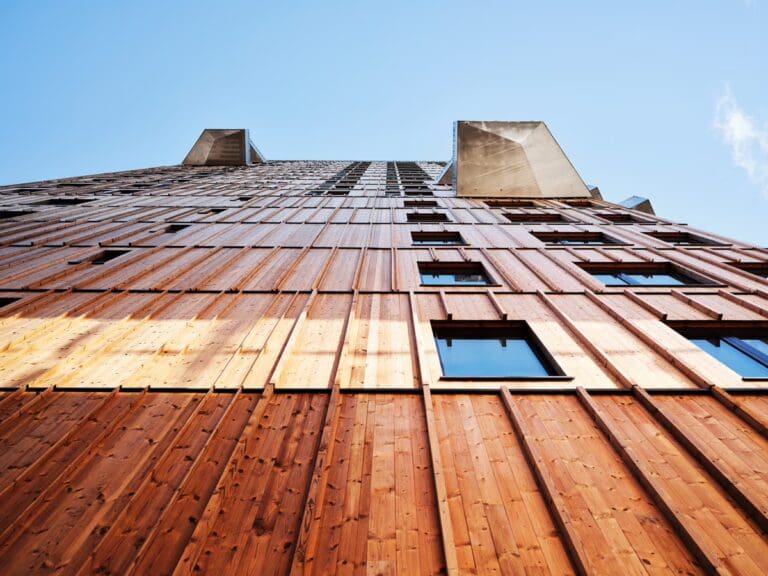Canberra, the capital city of Australia, is on a remarkable journey to become a zero-emission city by 2045. Having already achieved 100% renewable electricity in 2019[1], the city is now focusing on transforming its heating systems to renewable sources and providing the “Big Canberra Battery” to store surplus electricity, aligning with its commitment to environmental sustainability and clean energy.
The Transition to 100% Renewable Electricity
In an impressive feat, Canberra has shifted all of its electricity to renewable sources. This achievement was predominantly realized through wind energy sourced from New South Wales, South Australia, and Victoria, supplemented by solar energy generated within and around the Canberra region.[1] By doing so, the Australian Capital Territory (ACT) managed to reduce its greenhouse gas emissions by around 40%, significantly contributing to the territory’s goal of reaching zero net emissions by 2045.[1] These initiatives not only benefit the environment but also resulted in considerable cost savings for households, evidenced by an AU$4.3 million saving in the first three months of 2019 due to effective contractual arrangements with renewable energy projects.[1]

Moving Towards Renewable Heating
Building on the success of its renewable electricity transition, Canberra is now setting its sights on converting its heating systems to renewable energy.[2][3]
Prohibition of New Gas Connections
The ACT Government has taken a significant step by introducing a regulation which prevents new gas network connections in the ACT. This regulation, which commenced in 2023[4], is part of the government’s plan to achieve net-zero fossil fuel emissions by 2045. The regulation applies to all residential, commercial, and community facility land-use zones. It also includes residential use buildings in non-residential zones. This means that from December 2023, with a few exceptions[4], Canberrans will be unable to obtain a new connection to the gas network. All new buildings under the regulation now need to be designed and built “all-electric”.[3][4]
Smooth Transition from Gas to Electric Heating
The ACT Government is not switching off the gas network overnight. Instead, it is encouraging a smooth transition from gas heating to electric alternatives. This transition is expected to occur when existing appliances reach their end of life, break down, or when major renovations or alterations are made to homes.[3] To facilitate this transition, the government provides a wealth of information and resources to help households make the switch. This includes understanding the benefits of electric heating and how to choose the right system.[3]

Benefits of Electric Heating
ACT recommends the use of reverse cycle systems for electric heating, in particular split systems. These consist of an outdoor compressor and an indoor unit and are ideal for single rooms or open spaces. For a whole house, multiple split systems can be scaled up. They are efficient, cost-effective to install and offer lower running costs over time. Moreover, the cost of gas continues to rise, and newer electric appliances tend to use less energy, which further reduces costs.[3]
The Big Canberra Battery
The Big Canberra Battery project stands as a testament to the region’s commitment to renewable energy and sustainability. It comprises behind-the-meter batteries at selected government sites and a robust Battery Energy Storage System (BESS).[7][8] Its primary mission is to stabilize the local grid and enhance energy security. As one of the largest batteries in the area, it plays a crucial role in absorbing excess renewable energy generated from solar panels and wind turbines during peak production hours. When demand surges or grid instability threatens, the stored energy gracefully flows back into the grid, reducing reliance on fossil fuels.
- Project Initiation (April 2023): The ACT Government forged a strategic partnership with global specialist energy storage business, Eku Energy, launched by Macquarie’s Green Investment Group. The objective was to expand renewable energy storage and future-proof Canberra’s energy supply. The project aims to deliver the next stage of the Big Canberra Battery by establishing a large-scale battery storage facility in Williamsdale.[8][9]
- Battery Specifications: The Big Canberra Battery is a 250-megawatt (MW), 500 MWh (megawatt-hour) energy storage system. It can store enough renewable energy to power approximately one-third of Canberra for two hours during peak demand periods.[9]
- Construction Timeline: Construction is scheduled for 2025, with operations to commence in 2026.[9]
Canberra’s Future Plans and Milestones
- Integrated Energy Plan: The city is developing an Integrated Energy Plan to transform its energy systems and ensure an equitable transition. This plan will outline the pathway towards the 2045 zero-emissions goal, including electrification of the transport system.[3]
- Electric Vehicles (EVs): Canberra aims for 80 to 90% of new vehicle sales to be zero-emission vehicles by 2030. This is part of the broader strategy to reduce emissions from transport, which constitutes a sizable portion of the ACT’s emissions.[5]
- Home Battery Storage Rollouts and Virtual Power Plants: The city has initiated one of the world’s largest rollouts of home battery storage for rooftop solar, contributing to the creation of a significant virtual power plant in 2019.[6]
- Research and Development: Collaboration between tertiary education, industry, and government in Canberra is propelling research and development in renewable energy.[6] The Australian National University and Canberra Institute of Technology are at the forefront of this effort, fostering innovation and sustainable economic growth.
Incentives and Support Programs
Canberra offers various incentives and support programs to encourage and assist residents and businesses in the transition to renewable energy:
- Interest-free loans and rebates for sustainable upgrades, such as hot water heat pumps, induction cooktops, and solar installations.[3]
- Financial incentives for purchasing zero-emission vehicles, including zero interest loans, stamp duty waivers, and free registration for two years.[5]
- Support for pensioners and concession card holders through the Home Energy Support Program, offering rebates for installing efficient appliances.[3]
A Journey Towards a Zero-Emissions Future
Canberra’s journey towards a zero-emission future exemplifies how a city can take comprehensive action against climate change. By focusing on renewable electricity and heating, along with promoting green technologies and innovation, Canberra sets a global standard in environmental sustainability and clean energy.
Sources:
[1] https://reneweconomy.com.au/canberras-green-machines-act-reaches-100-renewable-electricity-target-78663/
[2] https://energy.act.gov.au/
[3] https://energy.act.gov.au/our-pathway-to-electrification/
[4] https://www.act.gov.au/our-canberra/latest-news/2023/november/canberra-to-be-built-all-electric-from-8-december
[5] https://energy.act.gov.au/our-pathway-to-electrification/
[6] https://canberra.com.au/business/sector-profiles/renewable-energy
[7] https://www.climatechoices.act.gov.au/policy-programs/big-canberra-battery
[8] https://www.cmtedd.act.gov.au/open_government/inform/act_government_media_releases/barr/2023/significant-milestone-for-the-big-canberra-battery
[9] https://www.ekuenergy.com/what-we-do/projects/williamsdale-battery-energy-storage-system








